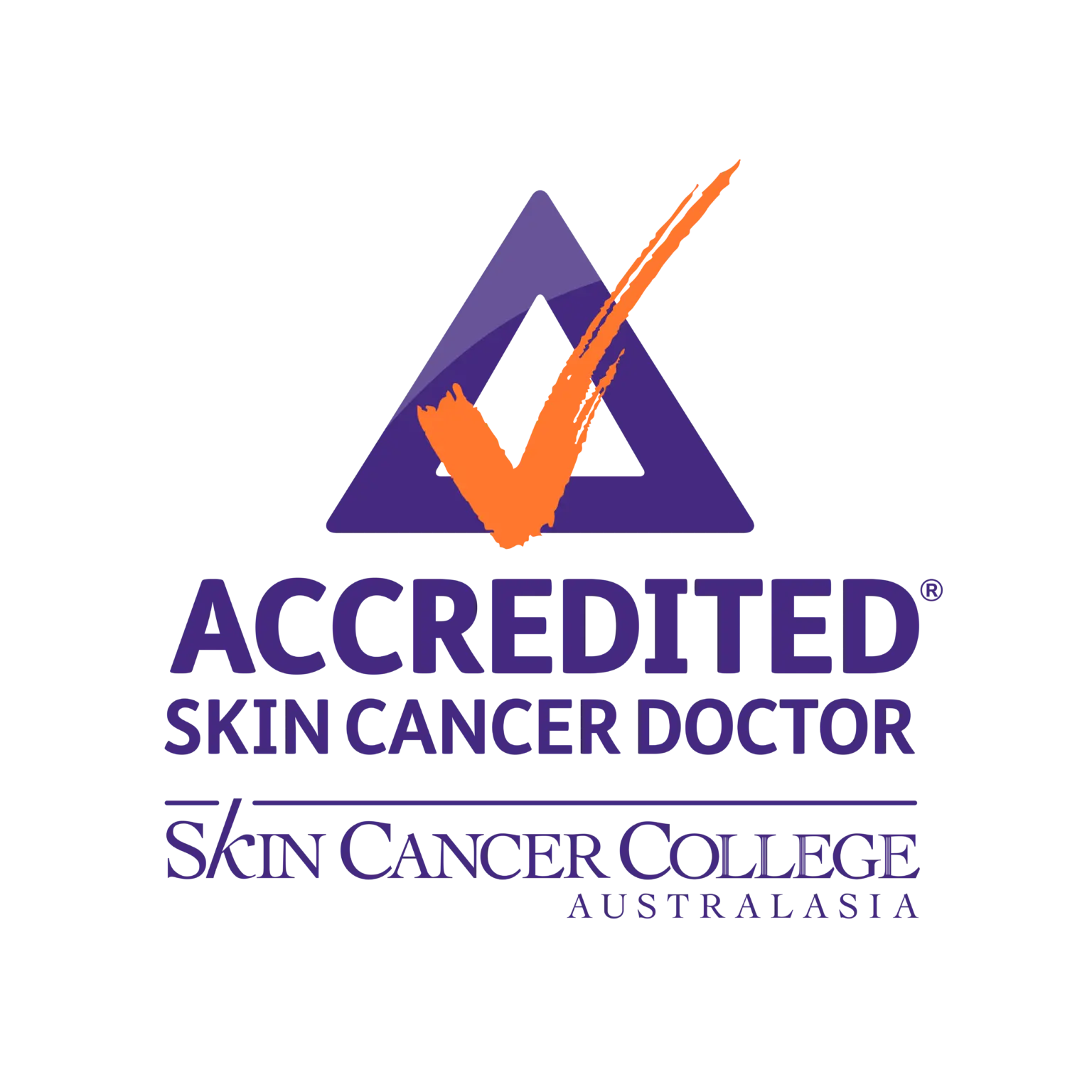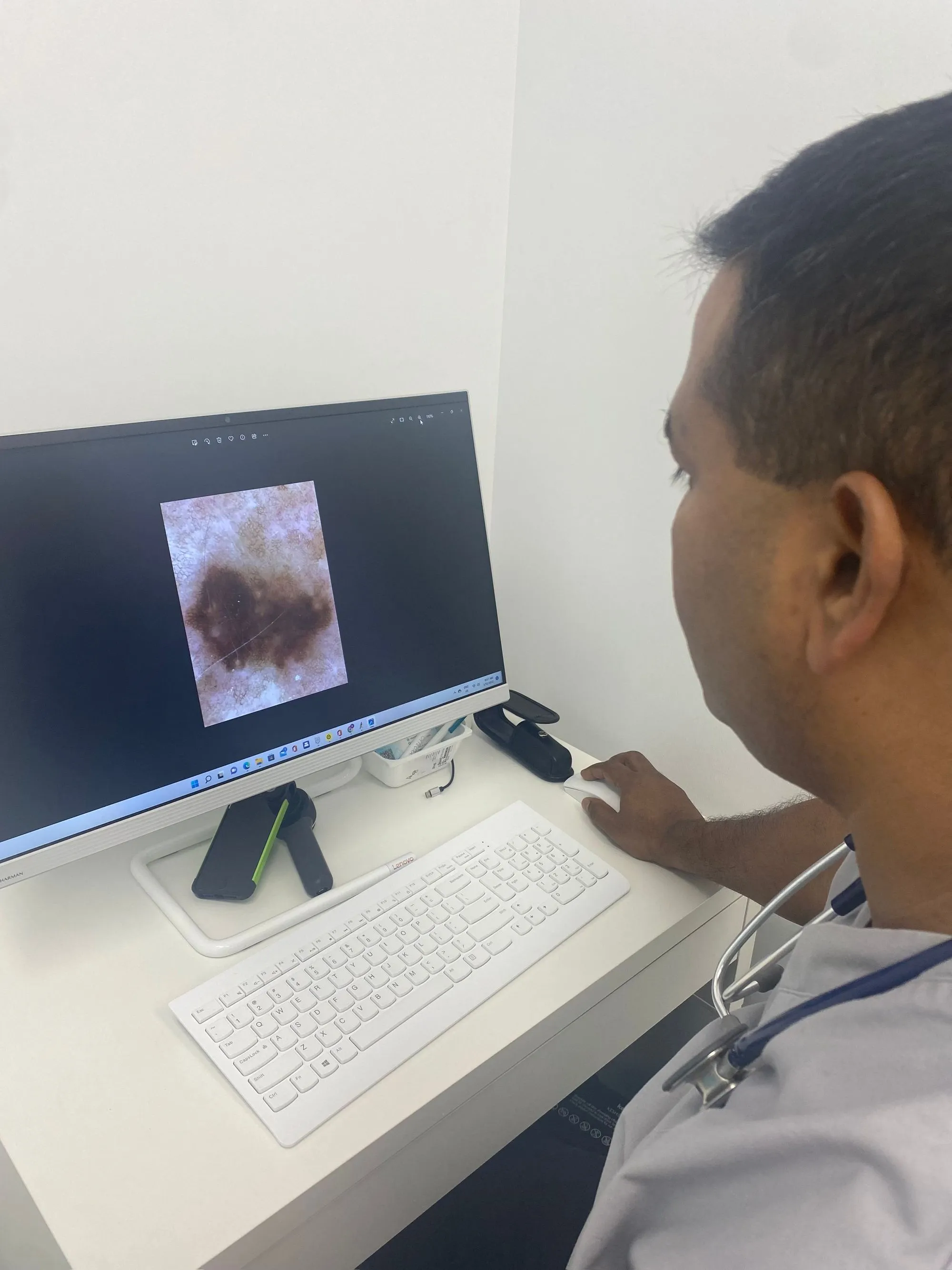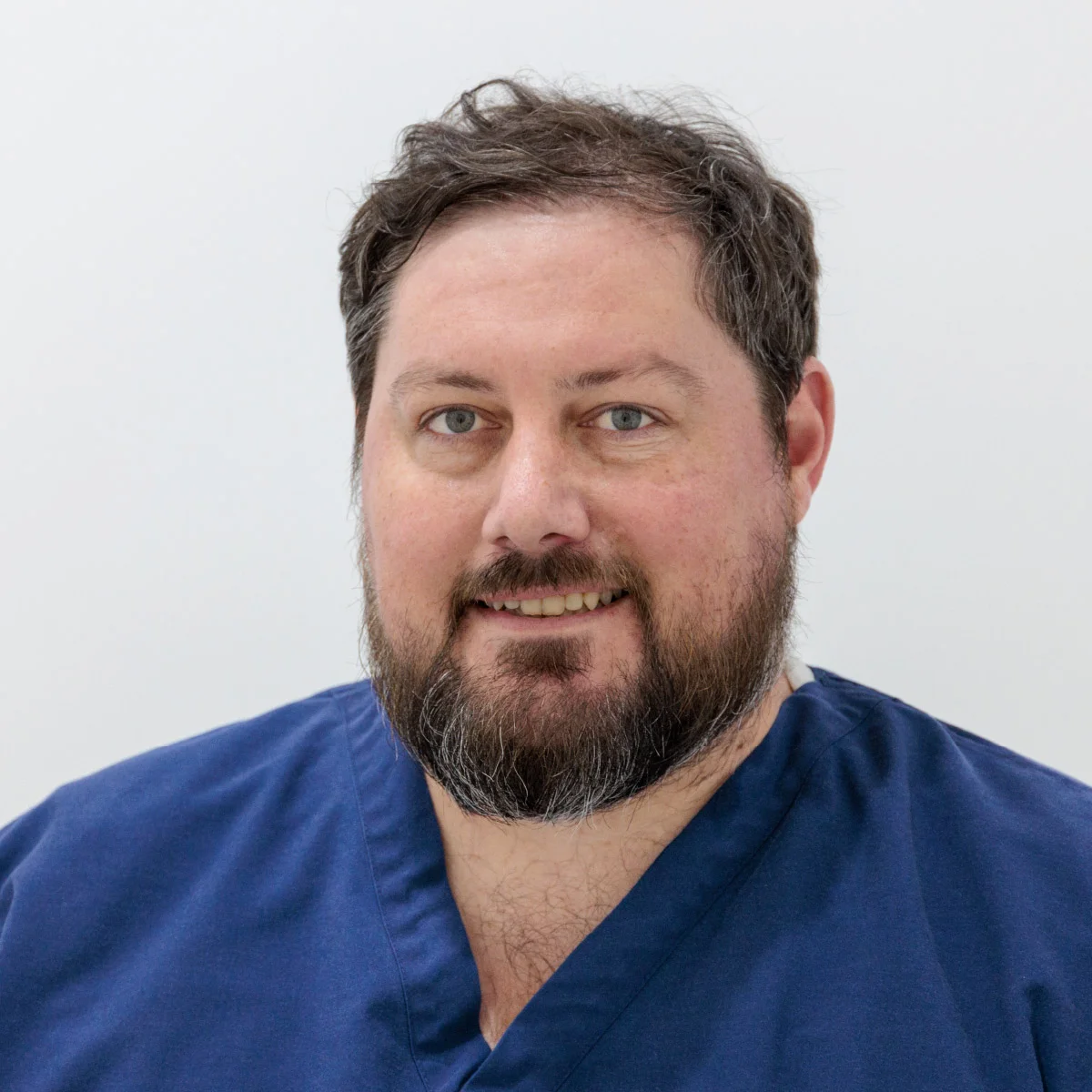At our Mermaid Beach clinic, we provide a full range of skin cancer services:
Skin cancer checks and mole checks
Skin cancer treatments and procedures
Skin cancer excisions (including complex excisions, facial excisions, and reconstructive excisions)
Photodynamic therapy
Total body photography skin checks.
Our Mermaid Beach skin cancer doctors can assist you with thorough, regular cancer checks for early skin cancer diagnosis and treatment.
Book An Appointment








